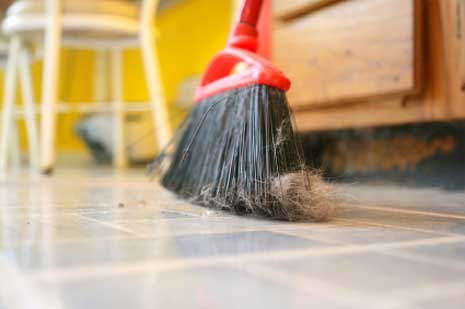Gluten-free diet reduces bone problems in children with celiac disease
Celiac disease is a congenital intestinal disorder that is characterized by a lifelong intolerance to the ingestion of gluten. Gluten is a protein found in wheat, rye and barley. Celiac illness can occur at any age, but most of the intolerance occurs during early childhood (between the 9th and 24th month of life). Frequently, people who suffer from celiac problems have a decrease in bone density. A current article published in the medical journal, Nutrition Reviews, has reviewed the existing literature on the subject and revealed that a gluten-free diet can strongly influence recovery in children.
Celiac disease can reduce bone density
Metabolic bone disease is among the most significant and frequent complication of celiac disease. Decreased bone mineral density in children can lead to the fact that they are not in a position to develop optimal bone mass and bone loss in adulthood. Both increase the risk of developing, osteoporosis. People with celiac disease, also run an additional risk of bone fractures.
Gluten-free diet can lead to recovery
However, there is evidence that a gluten-free diet can promote an increase of bone density quickly. This can lead to complete recovery of bone mineralization in children. A gluten-free diet improves bone mineral density in adults, but normalization is rare. Children can get normal bone mass if the diagnosis and treatment were carried out before puberty. This also prevents the development of osteoporosis in later life.
Moreover, nutrients which contain calcium and vitamin D seem to improve bone mineral density in children and adults who suffer from celiac disease.
Conclusion
“Our findings reinforce the importance of a strict gluten-free diet, which currently appears to be the only scientifically proven treatment for celiac disease,” said the study authors. “Early diagnosis and treatment are crucial to complications from celiac disease, such as preventing reduced bone density.”
Literature: Wiley-Blackwell, gluten-free diet Reduces bone problems in children with celiac disease, October 8, 2009





